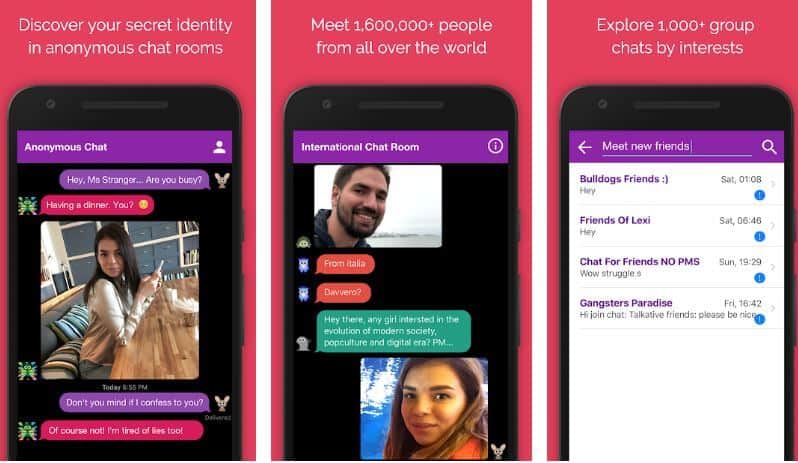

These services result in centralized choke points in the network. This forced Status to set up a cluster that includes a number of nodes provided by Infura, mail servers, and other third party infrastructure. No incentivized infrastructure - There is no incentive to run a Whisper node. In Status, the PoW requirement was set very low meaning anyone could boot up a server and calculate the PoW quickly, thus spamming the whole network, even still, PoW creates significant additional work for mobile devices. Mobile devices simply don’t have the resources to keep up efficiently. What makes proof of work spam resistant is extra power. Spam-resistance - Proof of work requires too much battery and compute power for most mobile phones making it a poor mechanism for heterogeneous nodes. Nodes will even duplicate messages and forward them to flood the network to obfuscate the message path. This means that your node will listen for and receive a bunch messages of a certain topic including some that are not meant for it. Whisper nodes leverage bloom filters which let the node’s peers know what kind of information the node is interested in. Ultimately resulting in more messages being routed through your phone – whether intended for you or not. The more nodes that are in the network means more messages are being sent to each node. Meaning individual users will use lots of data and the battery will drain pretty quickly. We found that as the network reaches ~1k daily active users, most cases show bandwidth usage ~100MB per day and that number increases rapidly the more users are in the network. Scalability - Whisper doesn't scale very well, specifically when it comes to bandwidth usage on mobile devices. The Status team had been making minor ad hoc modifications to ensure Whisper runs on mobile devices. Whisper, being a somewhat esoteric protocol with some fundamental issues, hasn’t seen a lot of use. However, with much of the Ethereum ecosystem's efforts and resources focused on Eth1.X and Eth2.0, Status willingly picked up the messaging mantle and began work on our own implementation of Whisper. When Status first kicked off development back in 2017, it was being built on the premise that development of the protocol would continue. Whisper is the original messaging protocol of the Ethereum tech stack. Decentralization of the network and removal of single points of failure.Removal of centralized rent seeking intermediaries.In short, peer-to-peer messaging aims to deliver: There are a number of features including dark routing, time to live, envelopes, topics and more designed for privacy, security, and “plausible deniability” which we go into in more detail in this article. This is an extremely high level overview of the standard client-server model vs peer-to-peer messaging intended to illustrate the dangers of the former and how decentralized, peer-to-peer models aim to deliver greater privacy and censorship resistance. All messages are end-to-end encrypted by default so only the intended recipient, Bob, can unlock and view the contents of the message. This may sound counterintuitive - why would I want many people in a network to have access to my messages? Well only Bob has access, the other nodes simply help to route the messages. In the case of peer-to-peer messaging networks, specifically Whisper and now Waku, when Alice wants to send a message to Bob, she broadcasts it to multiple nodes (or other people) in the network, and that message bounces from node to node, ending up with Bob. Even with advanced forms of end-to-end encryption and other privacy measures, these centralized servers present security and privacy risks. These servers host and process all messages in the network and become major privacy and security risks as they become single points of failure and centralized attack vectors. In traditional client-server networks (in use by most major messaging applications today), messages are sent from person A (Alice) to a central server in the network for processing and then forwarded on to person B (Bob). In very simple terms, peer-to-peer messaging removes the need for centralized third party servers to pass messages throughout a network. A 3,000ft overview of peer-to-peer messaging? This post will briefly explain some of the key concepts of peer-to-peer messaging, the shortcomings of Whisper, how Waku addresses those issues and the tradeoffs made. Waku aims to solve some of the issues of Whisper in an iterative fashion and enable greater scalability. It introduces Waku – a fork of the previously used peer-to-peer messaging protocol Whisper. Status v1.2 is a significant milestone in the development of the private messenger, integrated crypto wallet, and secure web3 browser.


 0 kommentar(er)
0 kommentar(er)
